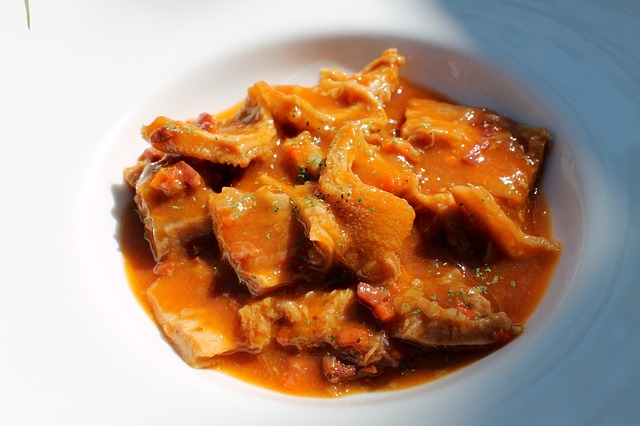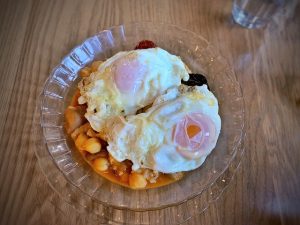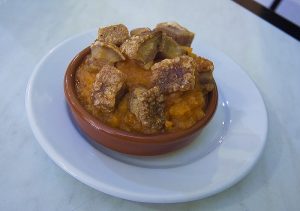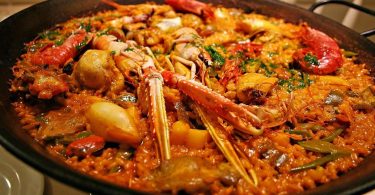Madrid’s gastronomy is renowned and admired all throughout Spain. It is the natural result of our country’s history and represents the most important ingredients and produce that fed us in the past, still feeds us now and will feed us in the future.
Like any place’s gastronomy, Madrid’s is full of legends, traditions and curiosities, and they help us understand why these dishes are so delicious and nutritious.
And so today, this article by ShMadrid will tell you a little more about some of Madrid’s culinary curiosities.
Related article: Typical Sweet Dishes for Holy Week
What you do not know about Madrid’s gastronomy
Let’s start by filling you in on some of the capital’s history. Until the Siege of Toledo by King Alfonso VI, meals in Madrid were similar to what was consumed in the rest of Al Andalus (Islamic Iberia): the cuisine was very varied, and milk, honey and dates were mixed with semolina pasta, North African couscous and regular food of the Spanish-Roman population.
From that moment on, Madrid’s kitchen very slowly transformed until the year 1561, when Philip II made Madrid the capital of the Spanish Kingdom.
This event doubled the population of the old Arab enclave in only a couple of years, and it then defined one of the most characteristic features of Madrid’s gastronomy, which was the coexistence of two independent, but very much intertwined kitchens: the popular and aristocratic cuisine.
Trends, preferences, occasionally culinary techniques, but also having to reduce calorie intake, have ultimately resulted in some dishes being forgotten.
Take for example “rosca madrileña“, a fried mixture of well chopped veal meat with parsley and garlic, mixed with mashed potatoes and eggs.
Another forgotten dish is “sopa trinchante” (soup eaten with a fork) and “alboronía madrileña”, which is obviously of Arab origin.
Related article: Dine at World’s Oldest Restaurant in Madrid
A specific example of Madrid’s gastronomic curiosities, is that in the old days, people in Madrid had two breakfasts.
The first breakfast was eaten at a very early hour with the intention of getting rid of the cold and warming up ones empty stomach. It consisted of a few glasses of brandy, some lettuce and bitter orange cooked in honey and sugar water.
After that and halfway during the morning, second breakfast consisted of bread with grilled torreznos (thick pieces of bacon). Madrid’s tradition of filling an empty stomach was a response to the widespread misconception that the tingling in ones stomach, when being hungry, was a result of little, biting worms that inhabited that part of the body. They believed the worms got nervous, when they were not being fed.
The only way to keep the jittery worms calm, was to drink a glass of brandy, or to give them some food to keep them quiet. This is where the expression “matar el gusanillo” (kill the worm) comes from.
Do you know any other peculiarities about Madrid’s gastronomy?








